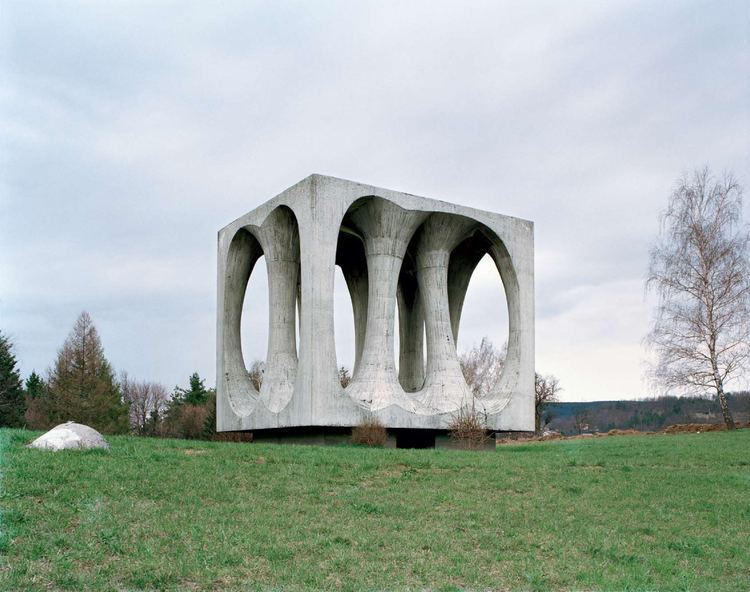Country Area 34.8 km2 | ||
Ilirska Bistrica ( Italian: (before 1927 Bisterza), German: ) is a town in Slovenia. It is the seat of the Municipality of Ilirska Bistrica. It belongs to the traditional region of Inner Carniola.
Contents
- Map of Ilirska Bistrica
- Coat of arms
- Church
- Recreation
- Pus bura what do you think about life in ilirska bistrica slovenia 19962011
- Milos benes ghd ilirska bistrica by webbx media
- Name
- History
- References
Map of Ilirska Bistrica
Coat of arms
The towns coat of arms represents the history of the region, recalling the pre-Slavic Ilyrian people that once populated the area, along with their shipbuilding past. The towns current coat of arms was adopted in the mid-19th century and is only a slight modification of the coat of arms of the Kingdom of Illyria.
Church
The parish church in the town is dedicated to Saint Peter and belongs to the Koper Diocese. A second church in the town is dedicated to Saint George.
Recreation
The town is used by tourists and trekkers as a starting point for travelling to the top of the Sneznik plateau, a day-long round trip from Ilirska Bistrica. At 1,796 m (5,892 ft), the plateaus highest peak, Big Mount Sneznik (Slovene: Veliki Sneznik), is the highest non-Alpine peak in Slovenia.
Pus bura what do you think about life in ilirska bistrica slovenia 19962011
Milos benes ghd ilirska bistrica by webbx media
Name
The name Ilirska Bistrica has its origin during the times of the Austrian Empire, in which the adjective Ilirska (in German: Illyrisch) was added to the old name Bistrica (German: Feistritz) to differentiate it from other towns in the empire that had the same name, such as Banska Bystrica in modern-day Slovakia. The name Ilirska Bistrica thus means Illyrian Bistrica, referring to the Kingdom of Illyria, an administrative unit of the Austrian Empire between 1816 and 1849.
History

The towns history has been primarily shaped by the nations that have occupied it. Within the last 100 years, it has been under the control of the Austro-Hungarian Empire, Italy, Yugoslavia, and Slovenia. Remnants of this can still be seen in numerous monuments, the Ilirska Bistrica railway station, and the Italian barracks from the Second World War.
